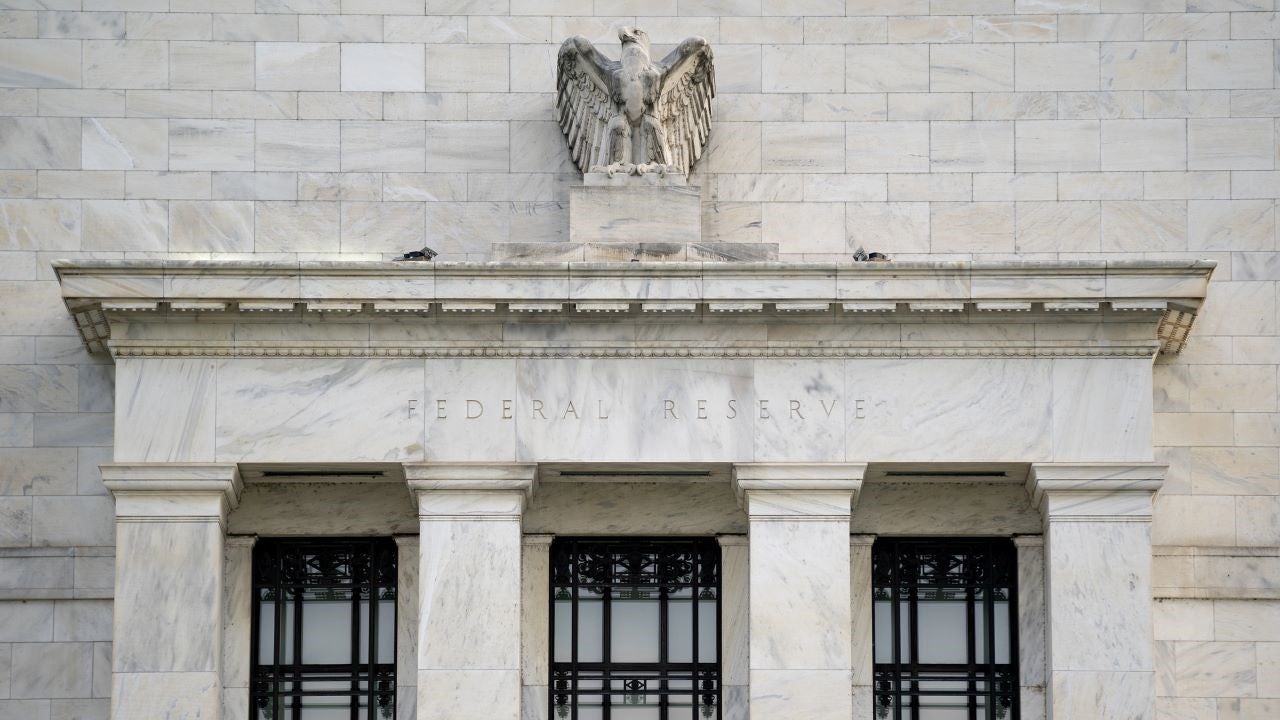How does the Federal Reserve affect mortgages?




The Federal Reserve doesn’t set mortgage rates outright, but its decisions do play a role in the percentages lenders offer would-be homeowners. And even if the Fed keeps its benchmark rate unchanged, mortgage rates can still fluctuate. Here’s how the Fed’s monetary policy affects mortgages and your ability to buy a home.
At its meeting on July 29-30, the Federal Open Market Committee (FOMC) voted to hold its benchmark interest rate at its current range of 4.25-4.5 percent for the fifth meeting in a row. The board is continuing its wait-and-see approach, but there is some pressure mounting for a rate cut.
Two Fed officials — Governors Michelle W. Bowman and Christopher J. Waller — dissented against the decision, favoring a quarter-point rate cut.
“It is also hard to argue that Fed policy is especially tight when the money supply is growing, and the stock market and cryptocurrency prices are hitting record highs,” says Greg McBride, CFA, chief financial analyst for Bankrate. “The employment picture can change in a hurry, and if it does, the Fed would take that as a cue to act.”
Whether the Fed cuts rates this fall will depend on future economic data, as it pursues its dual mandate of maintaining employment and taming inflation. The FOMC meets next on September 16 and 17, when the board will also release its next summary of economic projections.
How does a Fed rate pause affect mortgages?
The U.S. Federal Reserve sets borrowing costs for shorter-term loans by changing its federal funds rate. This rate dictates how much banks pay each other in interest to borrow funds from their reserves, kept at the Fed on an overnight basis. While this rate isn’t the same as the rate you’ll pay for your mortgage, they are related. As the cost for banks to borrow increases or decreases, the cost for you to borrow tends to follow suit. And when the Fed doesn’t change the federal funds rate, it generally encourages lenders to maintain mortgage rates in the current range.
For example, in 2022 and 2023, the Fed increased this key interest rate to help calm inflation, hikes that made it more costly for Americans to borrow money or take out credit. However, sometimes mortgage rates seem to ignore the Fed. While the Fed cut the rate three times at the end of 2024, mortgage rates remained relatively high, and even increased.
That’s because fixed-rate mortgages — the most popular type of home loan — don’t mirror the federal funds rate; they track the 10-year Treasury yield. When that goes up or down, fixed-rate mortgage rates do, too. Again, the two rates aren’t exactly the same. Your mortgage rate will be higher than the 10-year yield by an amount known as a spread or margin.
Typically, the gap between the 10-year Treasury yield and the 30-year fixed mortgage rate spans 1.5 to 2 percentage points. For much of 2023 and 2024, the spread grew to 3 percentage points, making mortgages more expensive. The main reason for this was added risk in the marketplace due to rapidly rising rates.
Mortgage rates also move due to:
- Inflation: Generally, when inflation picks up, so do fixed interest rates.
- Supply and demand: When mortgage lenders have too much business, they raise rates to decrease demand. When business is light, they tend to cut rates to attract more customers.
- The secondary mortgage market, where investors buy mortgage-backed securities: Most lenders bundle the mortgages they underwrite and sell them in the secondary marketplace to investors. When investor demand is high, mortgage rates trend a little lower. When investors aren’t buying, rates might rise to attract them.
The Fed also buys and sells debt securities in the financial marketplace. This helps support the flow of credit, which tends to have an overarching impact on mortgage rates.
How the Fed affects adjustable rate mortgages (ARMs)
While fixed-rate mortgages dominate the U.S. residential financing scene, some Americans prefer adjustable-rate mortgages (ARMs), which have variable interest rates that reset annually or semi-annually. The Fed’s moves can affect them more directly.
More specifically, the rates on ARMs are often tied to the Secured Overnight Financing Rate, or SOFR. Because the Fed’s rate decisions serve as a basis for savings instruments, raising or lowering the fed funds rate can push the SOFR up or down. ARM rates, in turn, go up or down when the rate resets.
All this means that, if the federal funds rate goes up, your ARM rate will increase at the next adjustment.
Key Fed moves that impacted mortgage rates
In response to the economic effects of COVID-19, the Fed cut the federal funds rate to near zero. While 30-year mortgage rates didn’t fall to the same degree, they did reach historic lows. The average 30-year mortgage rate bottomed out at 2.97 percent in Feb. 2021, according to Bankrate data.
The Fed raised their rate consistently starting in March 2022, as inflation picked up and the U.S. emerged from the pandemic. The federal funds rate reached 5.33 percent in August 2023, where it stayed until the end of September 2024. As the funds rate grew, so did mortgage rates, with the 30-year rate breaching 8 percent in October 2023.
Though the Fed cut its rate three times at the end of 2024 — at its September, October and December meetings, a total of 100 basis points — mortgage rates remained elevated, often averaging above 7 percent. However, recent economic uncertainty has led to slightly lower rates, which currently average just below 7 percent.
What to consider if you’re getting a mortgage
Regardless of current Federal Reserve policy, the best ways to get the lowest possible mortgage rate are to maintain solid credit, keep your debt low, make as large a down payment as you can and shop around for loan offers.
When comparing rates, look at the APR, not just the interest rate — some lenders advertise low interest rates, but offset them with high fees. Knowing your APR will help you understand your true, all-in cost.
More on the Federal Reserve
Why we ask for feedback Your feedback helps us improve our content and services. It takes less than a minute to complete.
Your responses are anonymous and will only be used for improving our website.
You may also like

How the Federal Reserve affects business loans

How the Federal Reserve impacts personal loans



